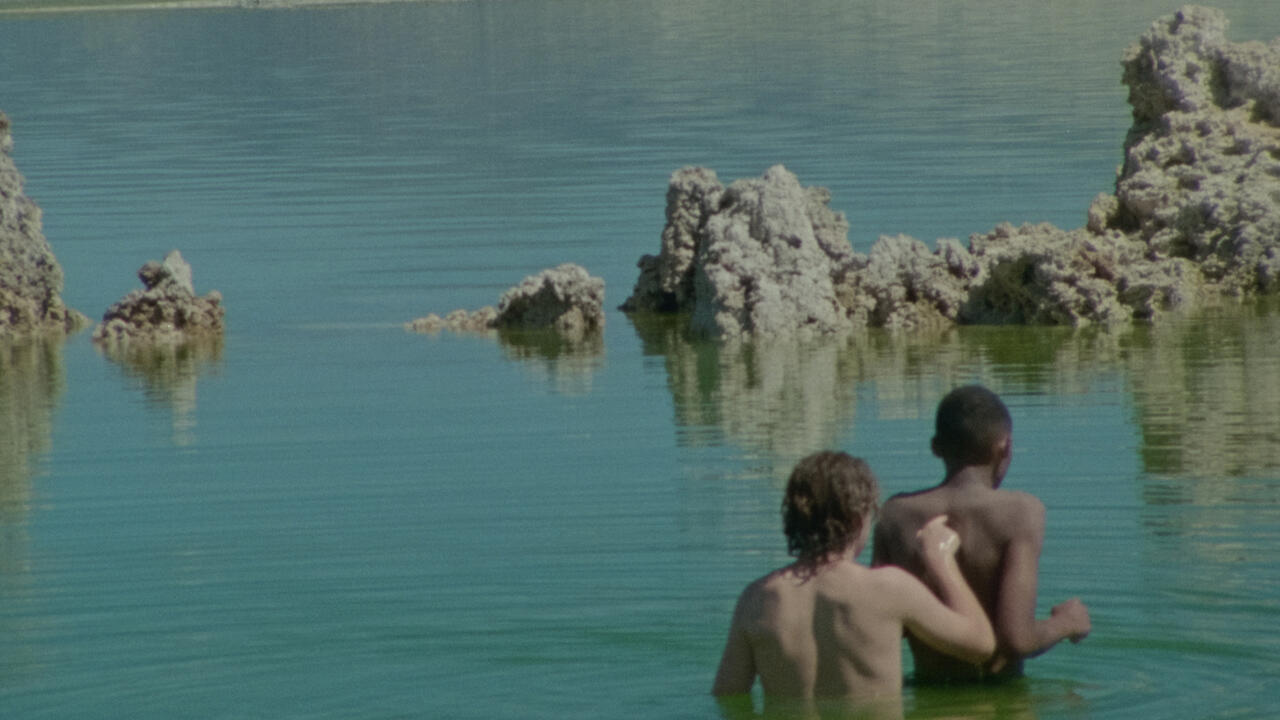The Strange Story of Harry Clarke’s Rejected Stained Glass Window
A 1926 boozy sketch for a commission intended for the League of Nations building in Geneva was declined for being ‘too bacchanalian’
A 1926 boozy sketch for a commission intended for the League of Nations building in Geneva was declined for being ‘too bacchanalian’

Harry Clarke’s deep, inky watercolour, The Magic Glasses (c.1926), is boozy and woozy, decadent and dissolute – as perfect as anything the Irish stained glass master and illustrator ever sent into the world. It’s a sketch for a section of a window that was commissioned by the Irish government in 1926 for the International Labour Court, in the League of Nations building in Geneva. After its completion, however, government officials seeking to avoid ‘undesirable public controversy’ rejected it for being too bacchanalian. (The depictions of scenes from contemporary Irish literature that made up the rest of Clarke’s window design were riskier still, reiterating a stereotype that the nascent Irish Free State was loath to circulate.) Clarke died from tuberculosis in 1931, while negotiations with commissioners were still in progress, but his window never made it to Geneva, as the Irish government refused to rescind their rejection of it. In 1988, Clarke’s sons sold it to the Wolfsonian Museum in Miami, where its eight panes are now installed and backlit among other ‘propagandist objects’. The eight preparatory watercolours remain in Dublin City Gallery The Hugh Lane.
Three men appear in the left background. Clarke himself is a raven-haired Mephistopheles with skin greened by illness and absinthe, tinctures offset by his red cravat. He stands in front of a scene from F.W. Murnau’s film Nosferatu (1922), behind whose gaunt profile peep Oscar Wilde’s wide-set eyes. Figures of isolation congregated in Clarke’s compositions, drafted-in from European literature and expressionist cinema, from poetry and the Ballets Russes. In the foreground is another of his loves: Irish theatre. The unsteady man in the plaid shirt is Jaymony Shanahan, a loose character from George Fitzmaurice’s play The Magic Glasses (1914), who spends his days looking through nine differently coloured magic glasses given to him by a fairy to enable him to see a better version of his life. It is a game of fantasy, imagination and projection that, at the play’s end, kills Shanahan. Seeing images through glass clearly resonated with Clarke and sustained him until his own untimely end.
Published in frieze, issue 197, September 2018, with the title The Magic Glasses.
























